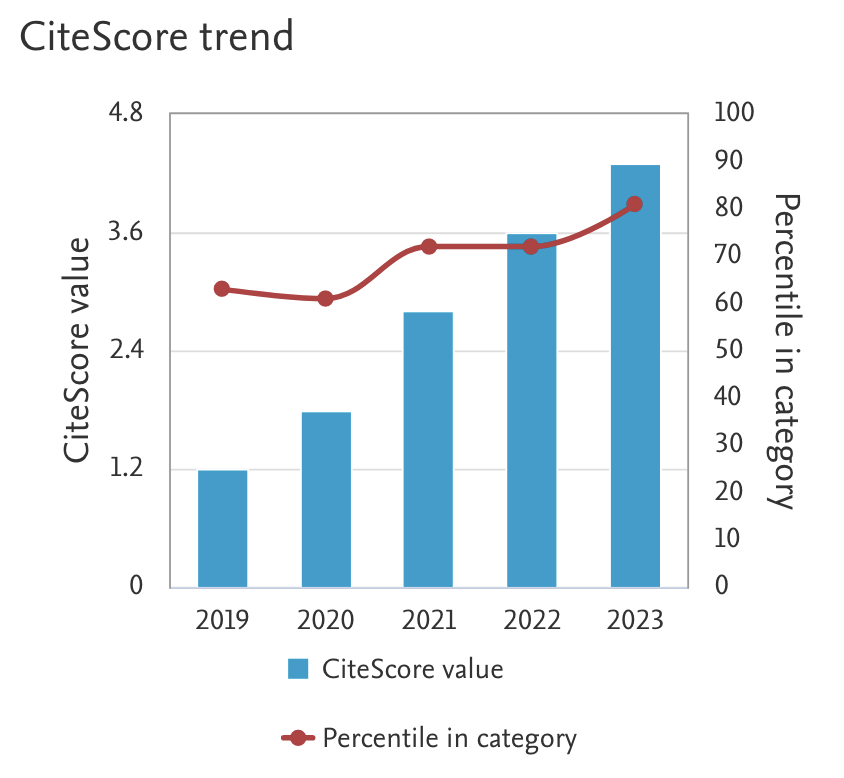Central nervous system recognition of peripheral inflammation: a neural, hormonal collaboration
Keywords:
Cytokines, fever, hypothalamus pituitary adrenal axis, lipopolysaccharide, sickness behaviourAbstract
A key question in understanding communication between the immune system and the brain is: how does the central nervous system (CNS) recognise the extent of inflammatory or other immune responses taking place in peripheral tissues, so that it may respond appropriately? A variety of experimental models, particularly of fever, hypothalamus pituitary adrenal axis (HPAA) activation and sickness behaviour have been employed to investigate this. Although each of these responses is, at least in part, regulated in different areas of the CNS, they all require common information about peripheral inflammation in order to mount a coordinated response. Cytokines produced during the inflammatory response have been proposed as the important humoral mediators by which this is achieved. The experimental systems employed to investigate this have been dominated largely by examination of responses to bacterial lipopolysaccharide (LPS), which produces robust responses but does not make it easy to track down communication pathways when the LPS reaches the circulation. The data has been quite varied and several mediators and mechanisms have been considered responsible for interacting with the CNS, possibly because each plays a role at some level and their importance depends on the experimental system being examined. Both cytokines and LPS are able to induce the production of prostaglandins, which can in turn modify neural afferent pathways affecting CNS responses. Accompanying the variable dependence of these responses on neural regulation, the main endocrine input that arises from inflammatory tissues seems attributable to interleukin-6 (IL-6). This may gain direct access to the CNS but appears primarily to act by inducing the brain microvasculature to produce prostaglandin E2, which then alters the activity of neurons controlling body temperature, HPAA and behavioural responses.Downloads
Published
Issue
Section
License
This is an Open Access article distributed under the terms of the Creative Commons Attribution License (https://creativecommons.org/licenses/by-nc/4.0) which permits unrestricted use, distribution, and reproduction in any medium, provided the original work is properly cited.
Transfer of Copyright and Permission to Reproduce Parts of Published Papers.
Authors retain the copyright for their published work. No formal permission will be required to reproduce parts (tables or illustrations) of published papers, provided the source is quoted appropriately and reproduction has no commercial intent. Reproductions with commercial intent will require written permission and payment of royalties.


